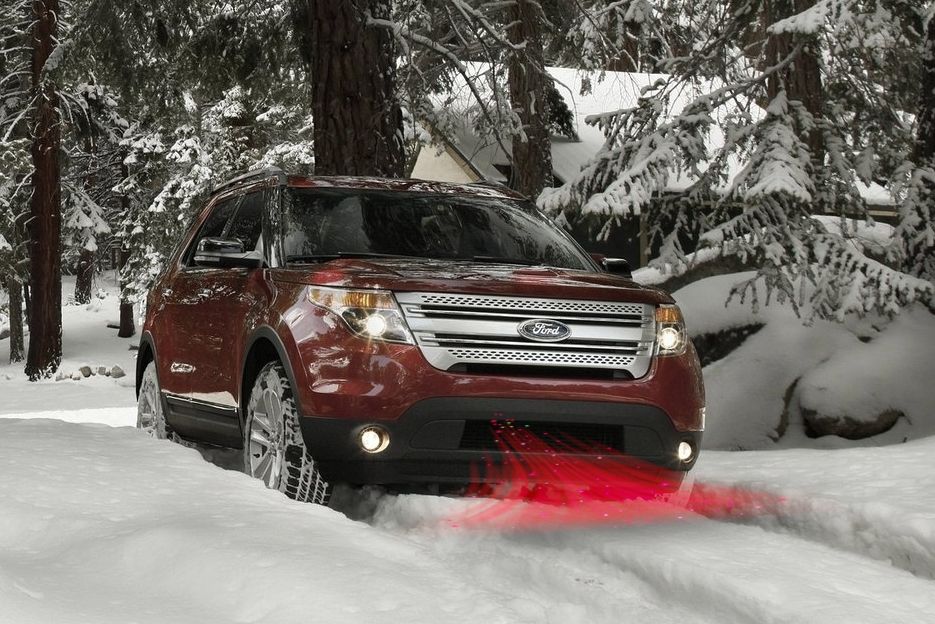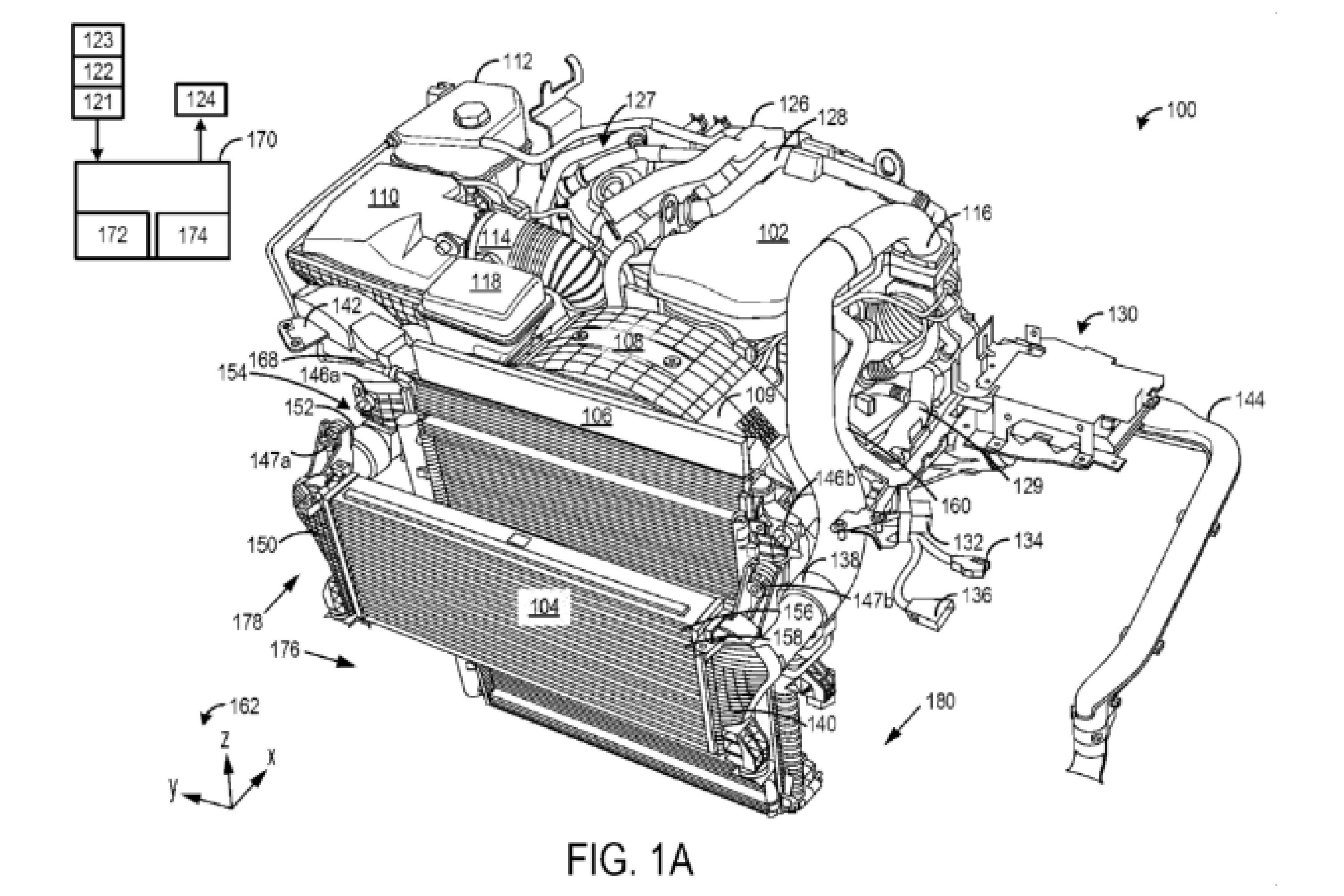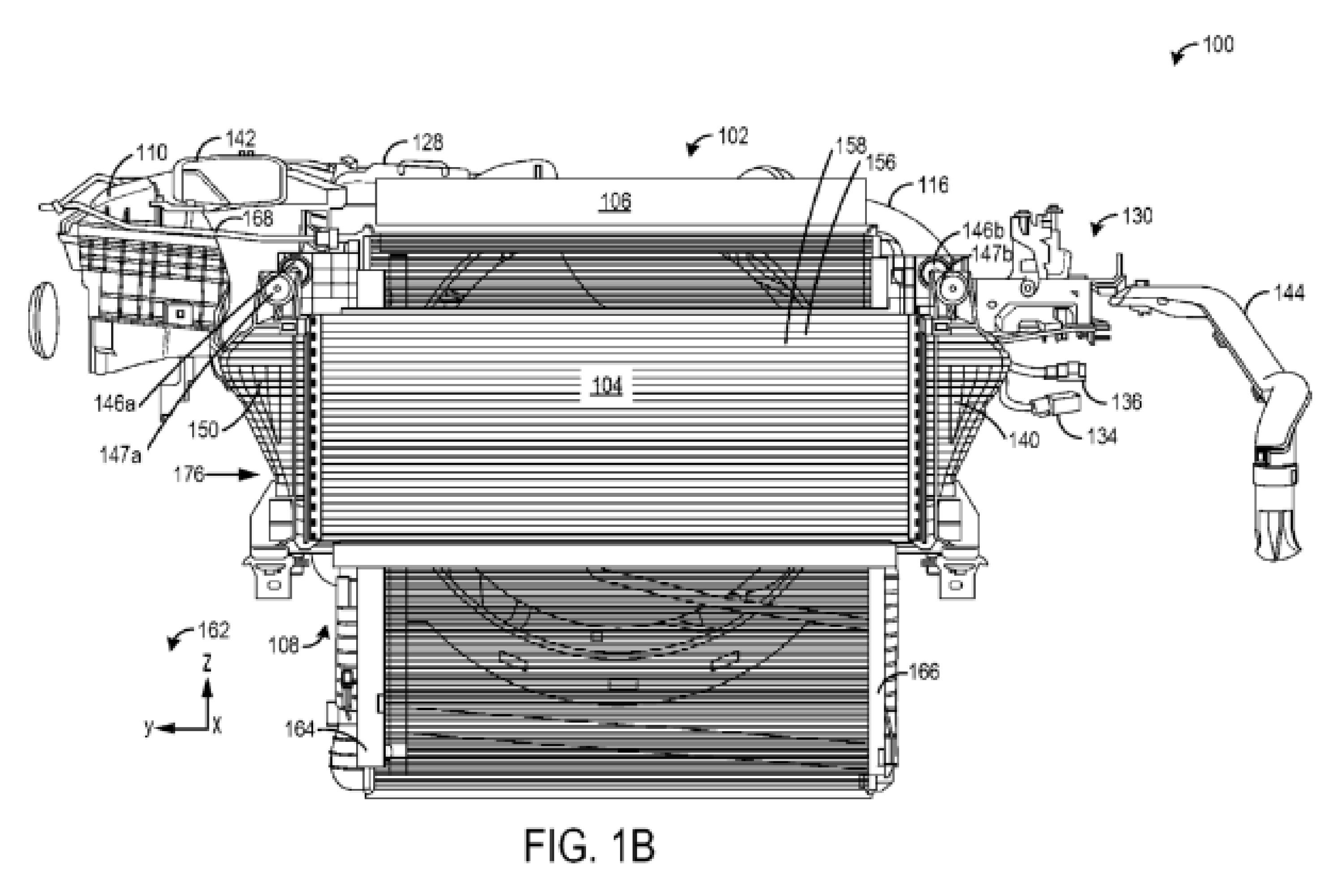
Ford Global Technologies has filed a patent for a method to remove ice from an intercooler, and it's beautiful in its simplicity because it simply reverses the flow of air from the cooling fan. CarBuzz discovered the patent filed with the German Patent and Trademark Office (DPMA).
The patent is for turbocharged engines, which use a charge air cooler (CAC) to lower the combustion air temperature after the turbocharger has compressed it. This air is cooled to the correct temperature before it can be used again. We're not going to dive deep into how turbocharging works, but you're more than welcome to read our in-depth guide on turbocharging, supercharging, and twin-charging.
A CAC uses ambient air outside the vehicle to cool compressed intake air. Because the system relies on ambient air, condensation can form in the CAC, something Ford has been actively trying to fight. Condensation can also come from other parts upstream of the CAC. The condensate can then freeze within the CAC when the ambient air temperature decreases.
But worse still is when the exterior of the CAC is iced over or if you manage to stuff your grille full of snow by accident, as you then don't get airflow from the outside of the car. No airflow is a recipe for disaster, as the cooling systems cannot cool effectively.
On average, a CAC cools the air from 450 degrees Fahrenheit to roughly 40 degrees Fahrenheit above the ambient air temperature. Not being able to perform this feat could be catastrophic for your EcoBoost-powered Ford Explorer.
Heat builds rapidly inside such systems, and airflow is typically aided by fans that kick in when the temperatures start getting too high - usually when you're not driving very quickly. But if the fans kicked in and still no reduction in temperature is noted, the car would be able to detect this and assume there is an iced-over intercooler or snow in the ventilation mouth.
Instead of warning you and letting you fix the problem, Ford will simply reverse the polarity of the fans on the radiator, pumping hot air forward instead of pulling cold air through the heat exchangers. This toasty air would quickly be able to melt the ice or snow causing the problem, and hey, presto, normal operation resumes.
This concept is not necessarily limited to turbocharged engines, either. In theory, the same could be applied to the standard radiator on a naturally aspirated engine when the grille intake gets stuffed with snow if you happen to run aground in a snow drift.



